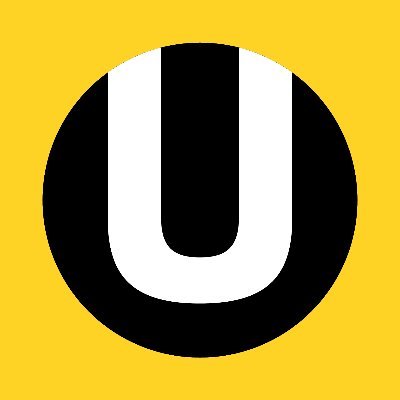Unpublished Opinions
Unpublished.ca is a web portal on politics and current affairs in Canada. It provides the opportunity for Canadians to dig deeper into the issues affecting them, and to weigh-in on these issues in a persuasive and respectful way. Join the movement and have your say today!
Five Reasons to Hold the Line on the Urban Boundary

Daniel Buckles is an Adjunct Professor in the Department of Sociology and Anthropology at Carleton University. This Op-Ed has contributions from Robin Goldstein and Paul Johanis.
Too often health, environmental, economic, and social equity goals are pitched against each other, as though we can never have one without the other. However, sometimes we can have our cake and eat it too. This is the case for Ottawa’s pending decision on urban expansion. A Greenspace Alliance assessment, using City data on population growth, housing needs and land available within the current urban boundary and within rural villages, shows a viable path without expanding the current urban footprint.
The reasons to hold the lines are numerous, and touch on what people truly care about.
-
We know that residents care about keeping municipal taxes down. Expanding the urban boundary would cost taxpayers for decades to come, for new roads, new water and waste water infrastructure and other municipal services. A 2009 City of Calgary report show that it costs about 30% more to provide city services to new neighbourhoods that are built on the edge of the city, compared to homes built within the existing city limits. A new study by the Ryerson City Building Institute called “Density Done Right” also documents the high costs of urban sprawl. Given the growing fiscal crisis facing many cities in Canada, it is irresponsible to expand the urban boundary and extend services we can’t afford to offer.
-
Expansion of the urban boundary weakens the development of 15-minute neighbourhoods, which are the kind of neighbourhood almost everyone wants to live in. A limit on expansion and attention to the details of high-quality urban design can get density right, without creating conditions of over-crowding. Walkable neighbourhoods are also better spaces for an aging population that needs to access services and amenities without relying on a driver’s licenses. This is something people can’t do as they age in conventional suburbs. Villagers, young renters and low-income families want these kinds of neighbourhoods too.
-
The recent declaration of a Housing and Homelessness Emergency tells us that people (and Councillors) also care about housing affordability and inclusion in Ottawa. New single family homes on the outskirts of Ottawa are less affordable than homes in low-rise, multi-unit sustainable buildings that can be built or redeveloped in many neighbourhoods throughout the city, especially near transit lines and bus routes critical to lower-income families and young people. Deep energy refits, that also add a basement suite, a tiny house, or a second unit to our homes, also offer a better option for public and private investment in housing that is affordable for all.
-
Village residents and others have also told us they care about protecting Ottawa's farmland and rural areas for future generations of young farmers. Ottawa could produce a lot more of its own food than we do currently, and these lands are vital to that future. The current health emergency has shown too that people care about having access to a safe outdoor space in which to grow their own food. Greater food self-reliance comes from protecting the land from endless pavement.
-
Holding the Line(s) also matters because it supports action on the climate emergency. Urban sprawl would increase carbon emissions and human stress through thousands of additional kilometers driven by new residents dispersed in the farthest reaches of the urban area, when we should be reducing GHG emissions from transportation. Furthermore, it would undermine the City’s Climate Change Master Plan by locking in a carbon emission future much higher than it needs to be.
Because all these things matter to people, Councillors should be demanding that staff bring forward to Council a policy decision that maintains the current urban boundary, so we can keep working together to make Ottawa a just, healthy and sustainable city for all.



Comments
Be the first to comment